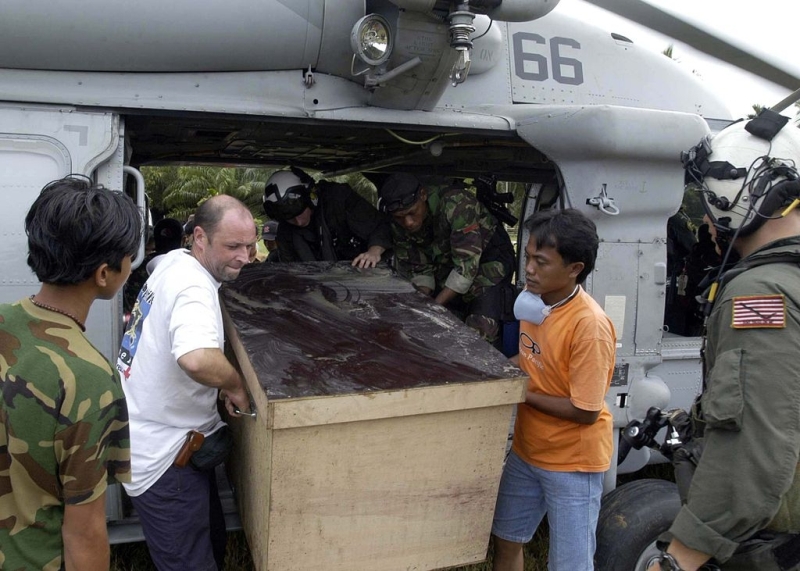
Sub-Saharan Africa, where much of the population lives on less than a dollar a day, continues to be one of the largest recipients of foreign aid since the Marshall Plan. Yet incomes, life expectancy, and literacy (among other things) don’t appear to be improving the way we’d think that they would. Humanitarian aid, charity contributions, and government loans or grants are being flooded into the area in hopes to improve the situation. Is the situation really improving though? Is foreign aid really working? An even smarter question would be: is foreign aid the best method to aid sub-Saharan Africa?
Proponents of foreign aid tend to cite other examples of when it came to the rescue such as the Marshall Plan which involved US funds of up to $20 million transferred to Europe for post WWII reconstruction. Indeed the success of the plan spurred Britain, the U.S., and France to look upon the African continent and conclude that this same type of assistance could address the low salaries, lack of education, poor institutions, and absent tax system. Aside from altruistic motivations though, aid could replace the influence of other countries which was wielded during colonialism. Eventually it became a way to control which way a country would lean during the cold war: capitalist or communist.
There have been other reasons for aid and other focuses as well. Sometimes it was directed at industrial projects, sometimes at agriculture, and sometimes just lent to impoverished governments to help them pay back previous loans that had been given to aid the problems which still persist. It is important to understand the roots of aid to Africa because it aids us in viewing the pattern that is being repeated but not necessarily helping. The pattern consists of large sums being given to unstable governments and institutions. The logic that what helped post-war Europe could help poor Africa is flawed. Europe had strong institutions in place before the war armed with civil employees who knew how they worked. There were also rules and regulations already established which provided oversight for financial developments. Africa was and is different.
Many of the countries that receive foreign aid do not have strong governments or spending oversight and sometimes they are plagued with corruption. Transferring money to governments that don’t know how to use or use it for their own benefit and not their people’s is not helpful. Furthermore, even if the funds make it to the right problems the economy may not yet be stable enough to use the loan and pay it back which only increases debt and yet the need for more aid.

So what would work? Microfinance is a hopeful suggestion; lending money to individuals in poverty rather than governments in poverty. The growth of local financial networks incites the innovation and success that presents the need for strong institutions and appropriate regulation. Basically, being more specific is helpful: understanding specifically why Africa is unique, lending money to specific businesses or people, or at the least including specific conditions in financial transactions between governments. There is no argument that foreign aid never helps. It helps in some ways and in many situations but an important consideration would be whether the way it is being administered is the most helpful and the most conducive to long term success.
Megan Foster
Image credit - Foreign Aid - https://commons.wikimedia.org/wiki/File:US_Navy_050110-N-1229B-130_Foreign_aid_workers_and_military_personnel_work_together_to_unload_a_box_of_relief_supplies_from_an_MH-60S_Knighthawk_helicopter.jpg

